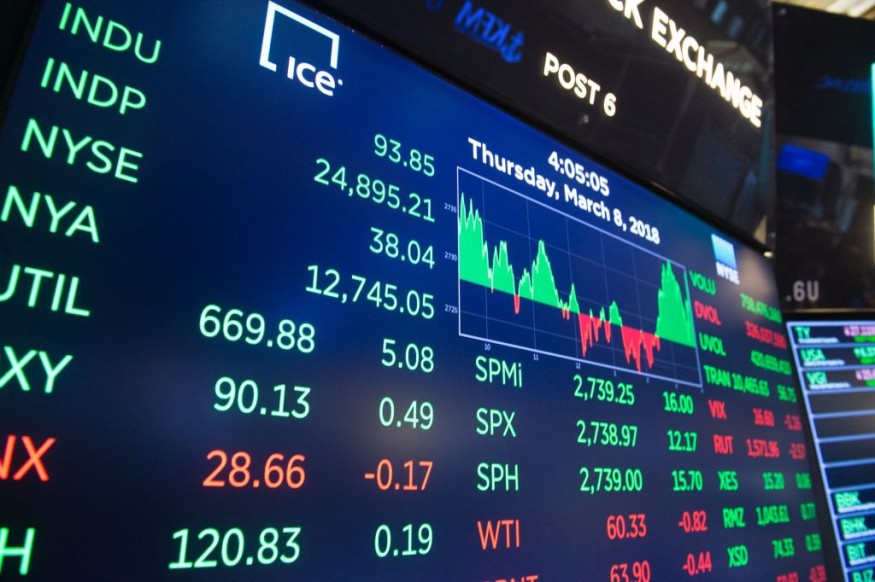S&P 500 Hits 5,000, But Valuations Raise Eyebrows
The S&P 500's valuation is rising to all-time highs as it breaks beyond the 5,000 mark for the first time ever and continues to surpass new benchmarks.

According to LSEG Datastream, the future price-to-earnings ratio of the S&P 500, which is a widely used statistic to assess equities, increased this week to 20.4 times, a level last seen in February 2022. That places it much above the historical average of 15.7 for the index.
Valuations frequently rise in tandem with stock prices, and before they eventually revert to more reasonable levels, stocks can remain pricey for extended periods of time. However, some investors feel that investing in the broad market is no longer as alluring due to the index's increasing multiple. Since late October, the S&P 500 has increased by 21%, setting new records in the process.
At the conclusion of Thursday's trading session, it breached the 5,000 barrier momentarily before finishing just below it.
Assessing Market Dynamics Amidst Interest Rate Speculations
This year, stock prices have increased in tandem with a reevaluation of the timing of the U.S. Interest rate reductions will start by the Federal Reserve.
Greater yields indicate that bonds are a more competitive investment than equities and that future business cash flows are valued at a lower rate, which tends to put pressure on equity prices. This implies that if the Fed makes the widely anticipated reductions and yields decline, stock values may increase even more. The yield on the 10-year Treasury was recently at 4.16%.
During this earnings season, there hasn't been a significant shift in profit expectations for 2024, despite the hope that a more positive earnings outlook would contribute to lower valuations.
According to data from LSEG, S&P 500 companies are anticipated to boost earnings by 9.7% this year. Peter Tuz, the president of Chase Investment Counsel, has been closely monitoring this reporting period for companies with strong earnings prospects that are still reasonably priced.
Tuz expressed concerns about the current valuation of the S&P 500, which sits at around 20 times earnings. He noted that this valuation might be considered excessive, especially given the uncertainty around earnings growth and interest rate movements, which may not materialize until later in the year.
According to research from Evercore ISI, high valuations have historically been preceded by periods of poor performance. Julian Emanuel, a senior managing director at the firm, wrote a note on Wednesday analyzing data dating back to 1960 and found that the S&P 500 has been flat on average over the following year when it traded at its current valuation of 22 times its trailing twelve month earnings.
Undoubtedly, the S&P 500's value is distorted due to the biggest stocks in the index having a strong weighting. LSEG Datastream data shows that the so-called Magnificent Seven group of megacap firms, which includes Apple, Microsoft, and Nvidia, trade at an average of 34 times earnings and have a combined weighting of 29% in the index.
Simultaneously, there have been fewer indications of the speculative excesses that characterized previous market turning periods, such the dot-com bubble and the incredible post-pandemic rebound that resulted in staggering gains in "meme" stocks like GameStop.
Copyright © MoneyTimes.com












